Table of contents
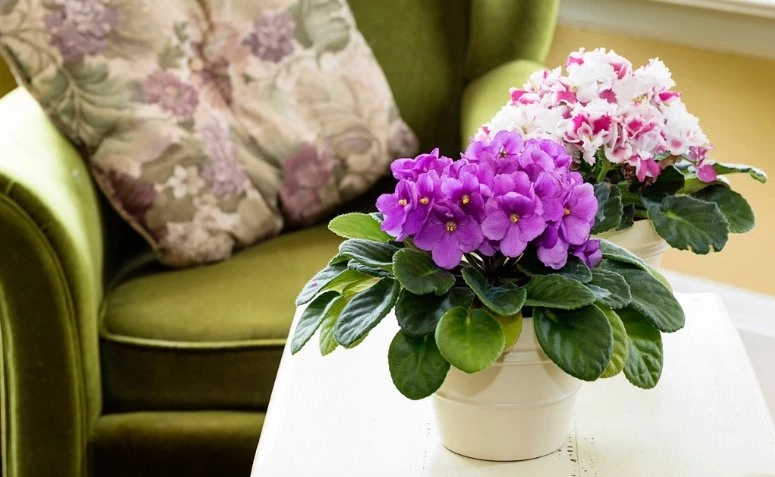
Popular in Brazil, the violet is a flower that certainly you have already received as a gift once or bought in a flower shop or even in a supermarket. If you have a violet at home, did you know that it can be planted in a PET bottle? Did you know that it likes sunlight, but not direct lighting? No? Then check out this article that teaches how to take care of violets!
See_also: How to grow aloe: 5 ways to cultivate it in your home1. light
For healthy growth, violets need sun, so don't leave the vases in dark places. Although they like light, it is recommended that the flower not be in direct contact with the sun's rays, as they can burn and damage the plant. Half-shade is recommended, either indoors or in the garden.
See_also: Expert tips and 12 more bioconstruction ideas for a sustainable home2. temperature
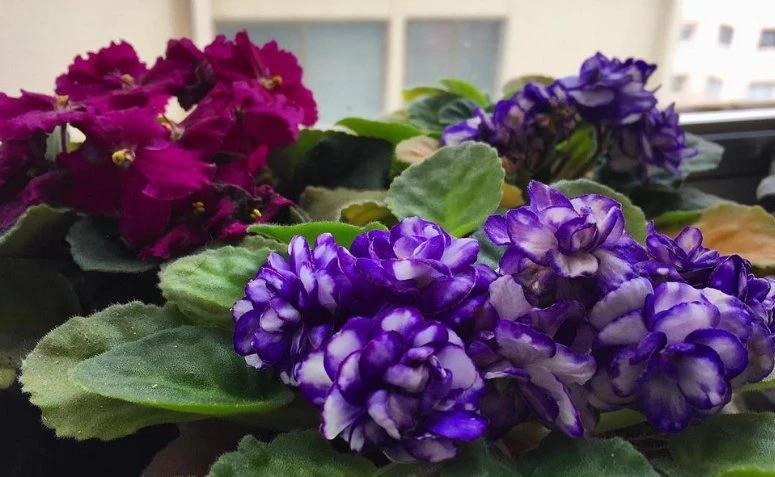
Neither too hot nor too cold, violets like mild and pleasant temperatures. That said, if you have the species indoors, look for a more airy place and avoid stuffy and hot areas. If you live in a drier region, you should water the flower more often, as well as plant them in a shady spot.
3. water

As with most flowers, the violet needs water to bloom, but be very careful when watering! When too wet, the flower can be more prone to fungus and, consequently, rot. Therefore, it is recommended to keep the soil moist, but not soaked. And remember to water the soil, not the flowers and leaves, which can stain them.
4. fertilizer
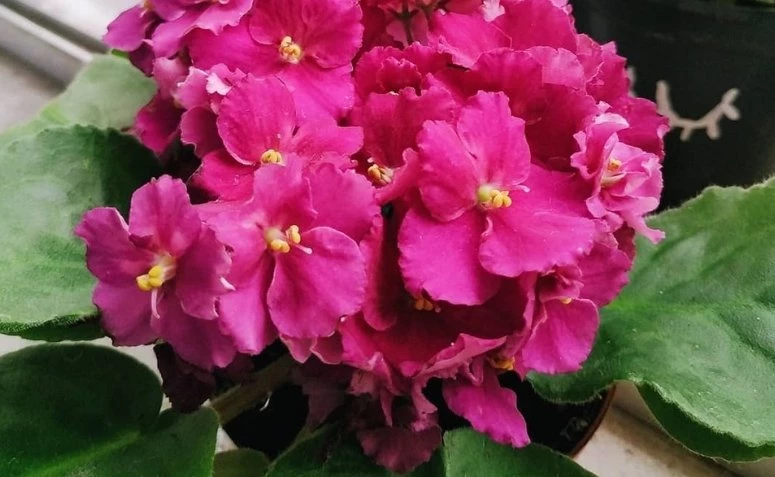
Fertilizers are necessary to nourish the soil and the flower, which facilitates the growth and beautiful blooming of the species. Therefore, use urea-free fertilizers, such as 20-20-20 or 12-36-14. In large flower shops, you can also find fertilizers that are exclusively made for violets and that are NPK (nitrogen, phosphorus, and potassium) based.
5. vase
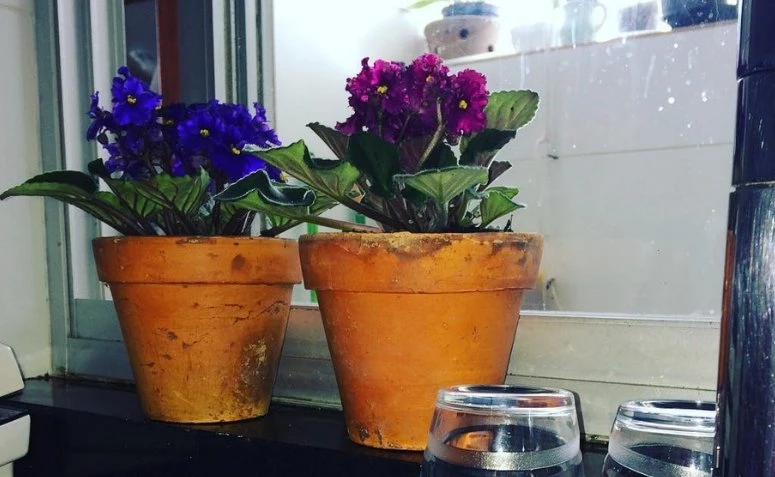
The most recommended pots for planting violets are clay pots, since this material is characterized for better absorbing humidity. However, you can also use more conventional pots such as plastic ones, but be careful that the soil is not too wet and harm the growth of the plant.
6. pruning
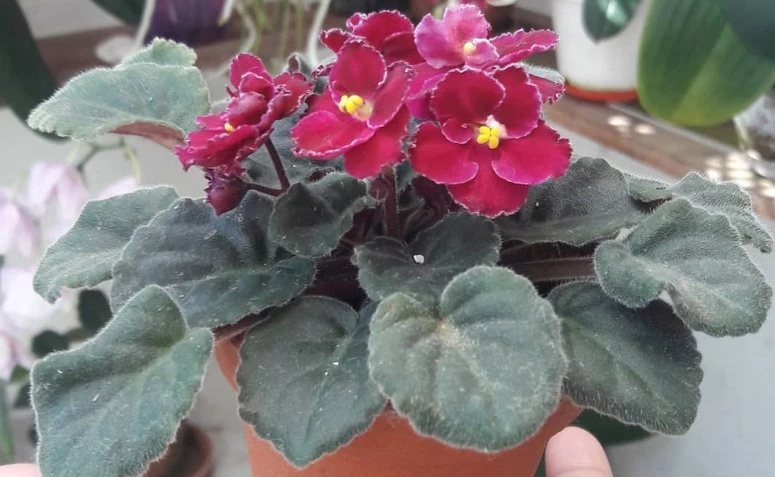
Always prune the leaves and flowers that are yellowish or dark, and especially those that are already dry. To do this, use clean pruning shears. By pruning correctly and regularly, your plant will grow healthier and bloom even more beautifully!
7. planting

The best time to plant violets is in spring, since this is a period that is not marked by much cold or heat, which is perfect for this species that likes milder temperatures.
8. humidity

Violets like humidity, but also not too much, so if you are in a region with this characteristic, it is important that you take more care when watering this flower. Remember that the violet can rot if your soil is too wet.
9. chlorine
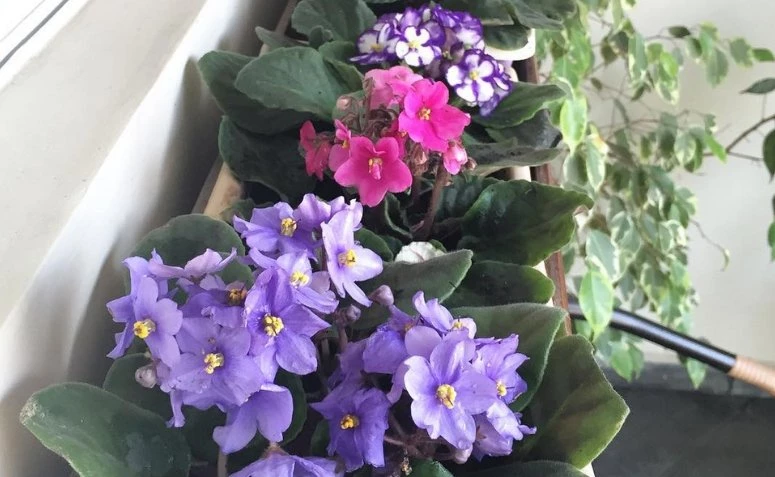
Violets are flowers that cannot tolerate chlorine at all, so you must eliminate this component from the water before watering the plant, so it is recommended that you boil the water and then let it cool down before watering the species.
10. reproduction
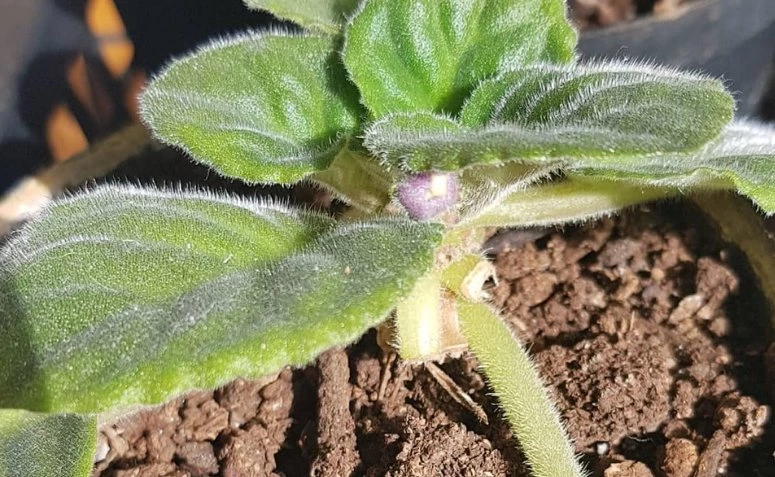
The process of reproduction of the violet is very simple and easy to do. For this, you must cut the stalk and plant it in a vase with substrate up to the base of the leaf. Keep the soil always moist, but be careful not to soak it.
It's not that hard to care for a violet, is it? Now that you've picked up several tips for a beautiful, blooming, healthy violet, here are four ways to plant it!
How to plant violets
Here are four ways to plant your violets, whether in a pot, in the garden, or even in a charcoal or PET bottle. Follow the steps and give your flower the beautiful and prominent place it deserves!

In the vase
- Insert a very thin layer of pebbles in the bottom of the pot (a clay pot is recommended), more than 12 cm high;
- Then, up to the half of the pot, add the mixture of common soil, vegetal soil, and a little vermiculite (a component that is responsible for fighting pests);
- Place the seedling in the center of the pot;
- Fill the pot with the remaining mixture;
- Water well until the water runs down.
In the garden
- First of all, choose a space where there is half shade and the soil of the bed should be rich in organic matter;
- Make a mixture with one part common soil and one part vegetable soil, and add two more parts of organic compost;
- Dig a hole in the ground to place the flower;
- Take the violet out of the vase carefully and place it in the hole by pressing lightly;
- Water until the soil is moist, but be careful not to soak!
In coal
- Take the new charcoal and quickly rinse it with water, leaving it a little wetter. That way you don't need to water it after planting;
- Chop the charcoal into small and large pieces;
- Take the violet out of the vase and remove as much soil as possible, leaving only the flower and the roots;
- In a clean pot (it can be plastic or clay), place the larger pieces of charcoal in the bottom;
- Place the violet and fill the rest of the vase with the smaller pieces of charcoal;
- When the charcoal is dry, water it down a bit.
In the PET bottle
- Make four large openings around the PET bottle and small holes in the cap with the help of scissors;
- Cut off the bottom part of the bottle;
- Put a small layer of chopped Styrofoam, another layer of soil, and press down a little;
- Carefully remove the violet from the vase, as well as the excess soil, and place it inside one of the openings;
- Take two barbecue sticks and make a kind of support for the flower not to fall off;
- Put some soil on top;
- Repeat the process with other violet seedlings until all the openings are filled;
- Water until the soil is moist, not soggy.
Remember to always water the soil and not directly on the leaves and flowers so as not to damage them. Add more color to your garden or more beauty to your home with this beautiful flower and follow our tips to have a healthy, beautiful and well blooming violet!


